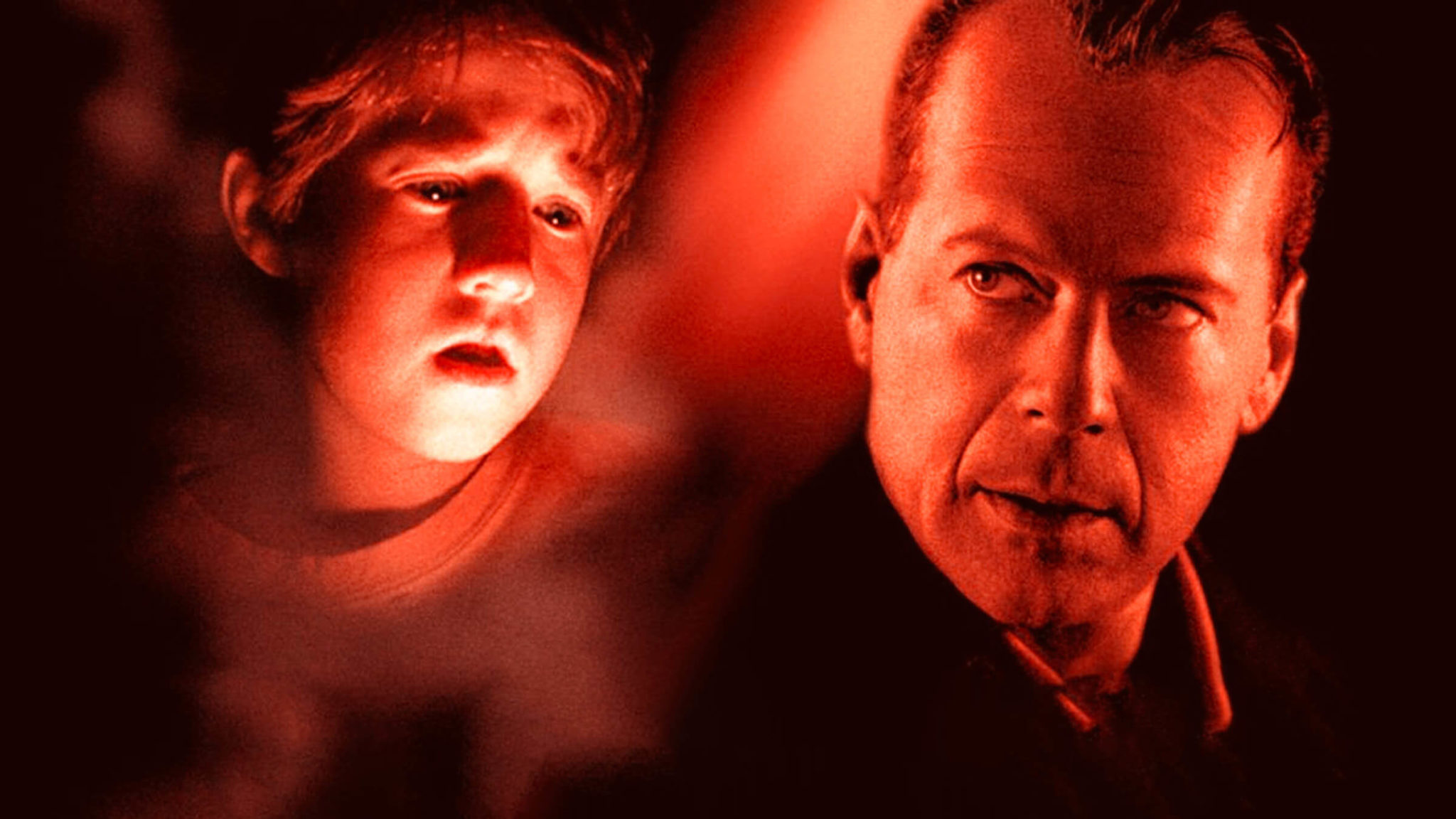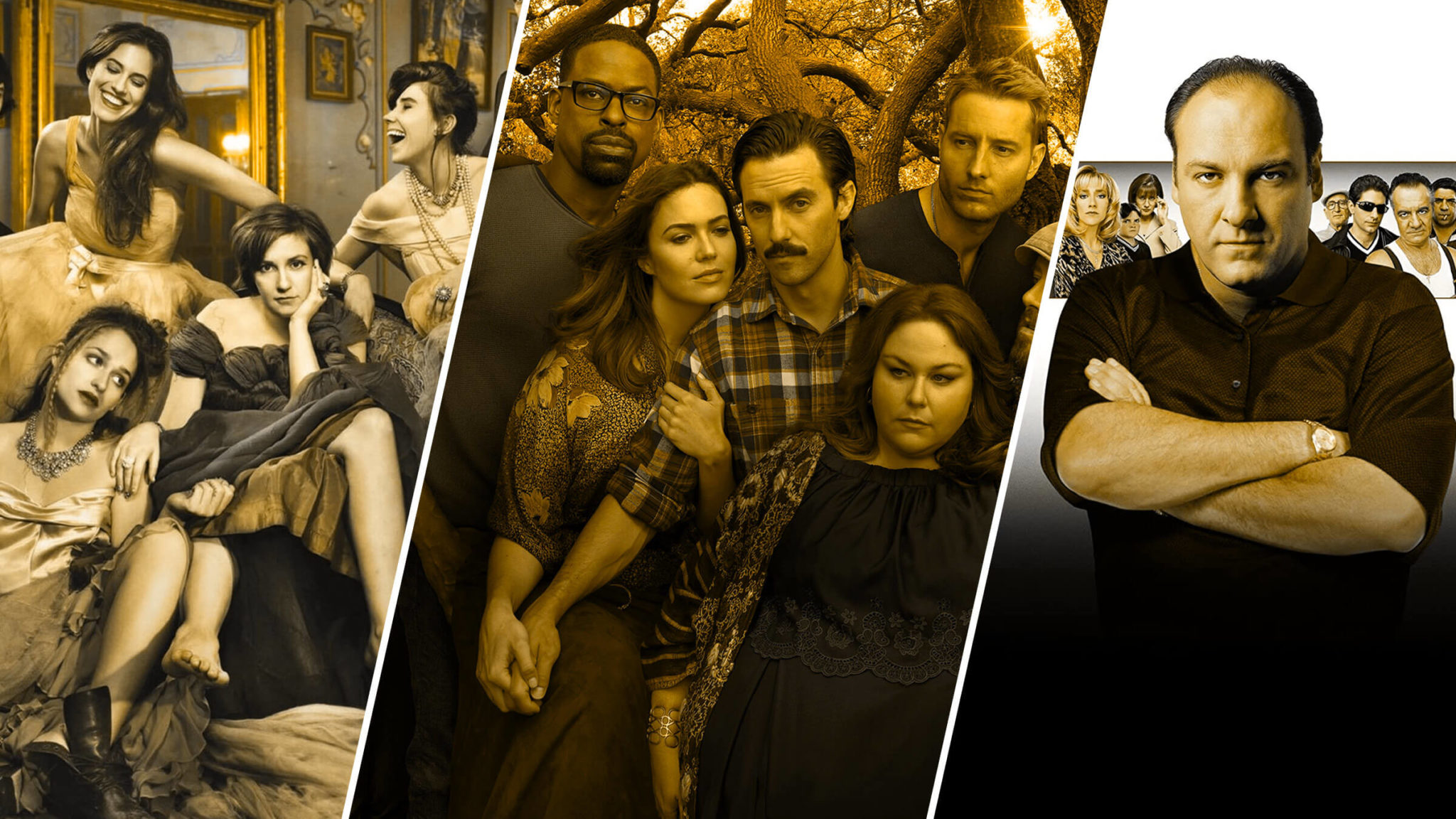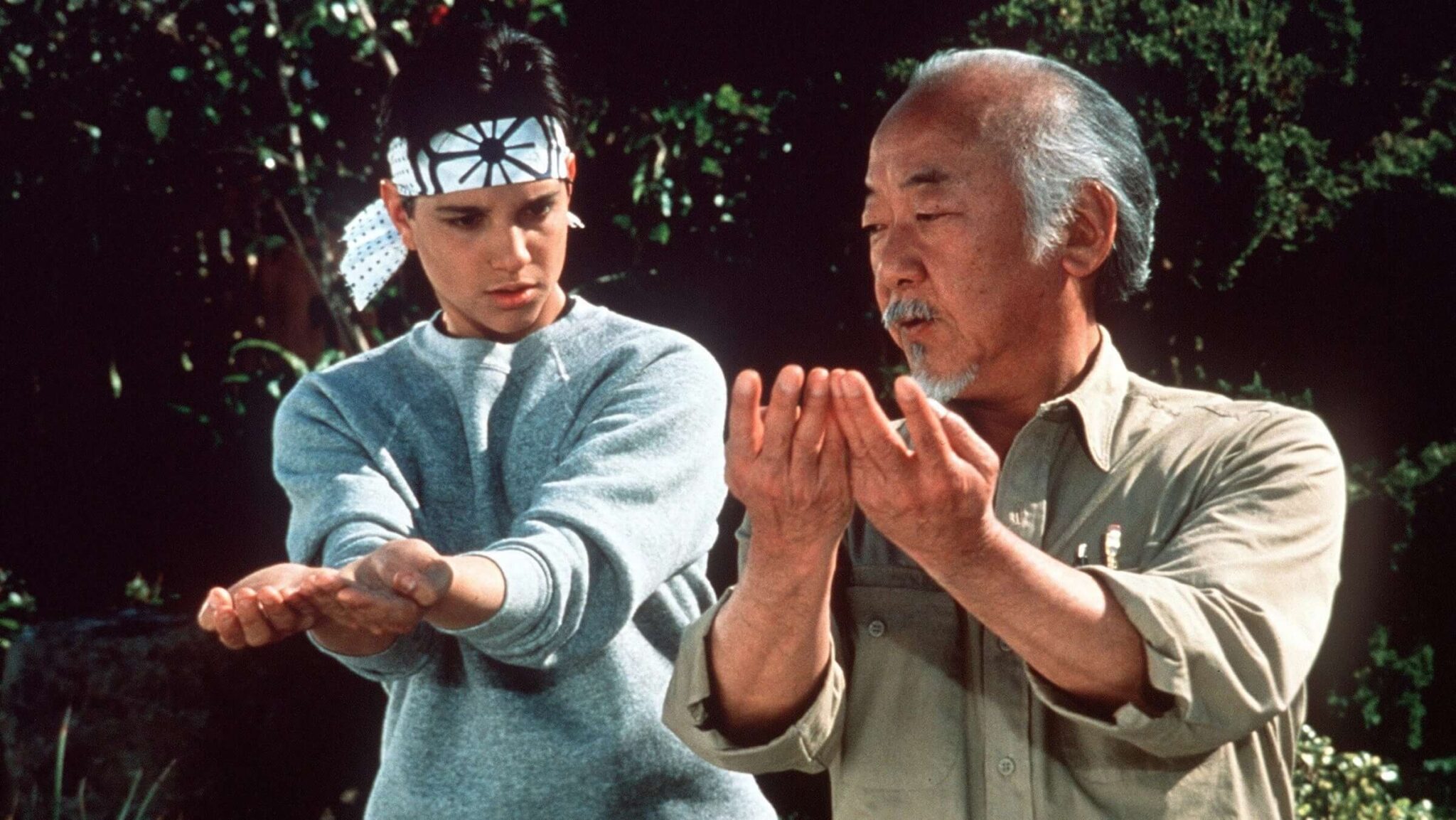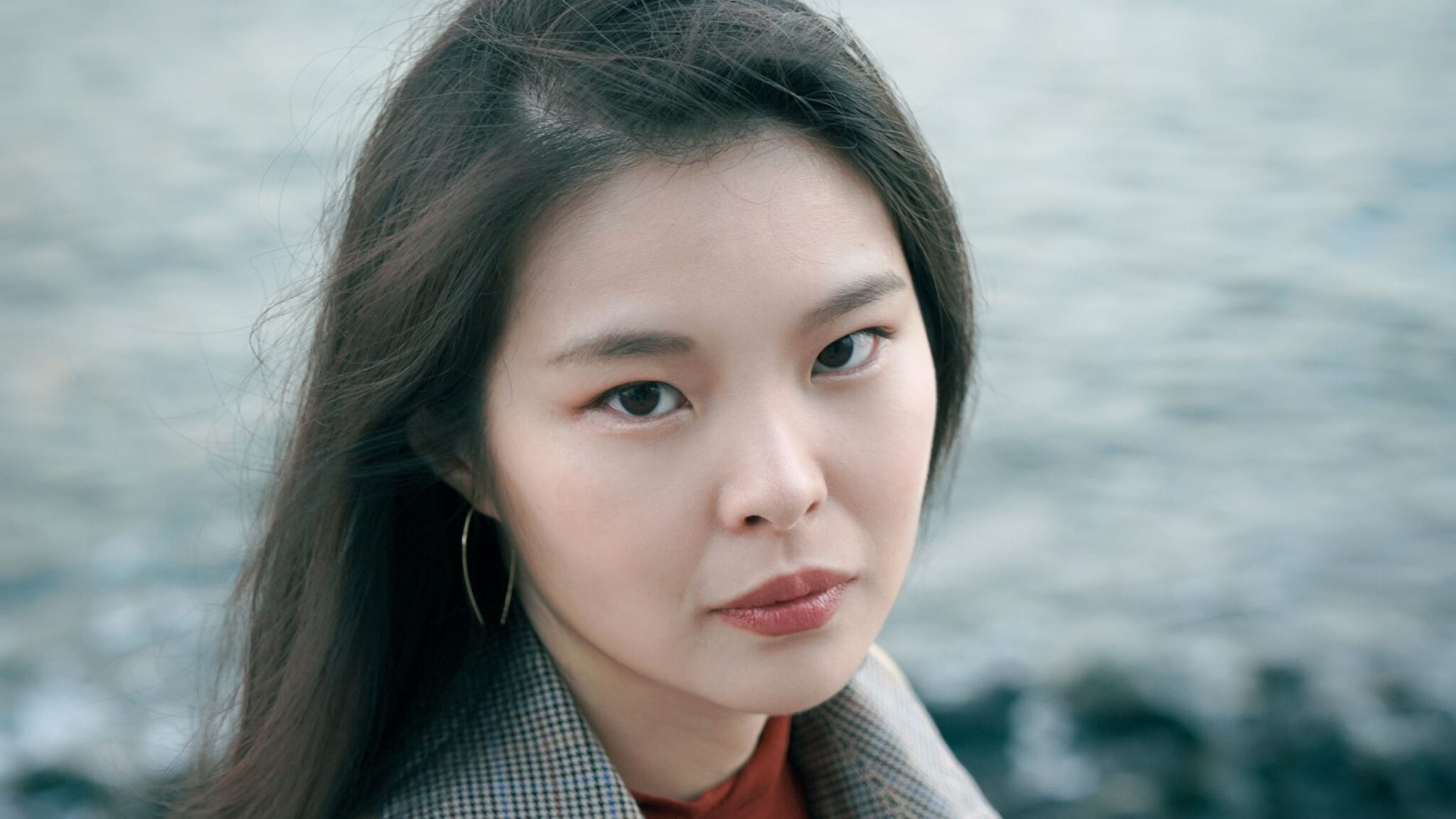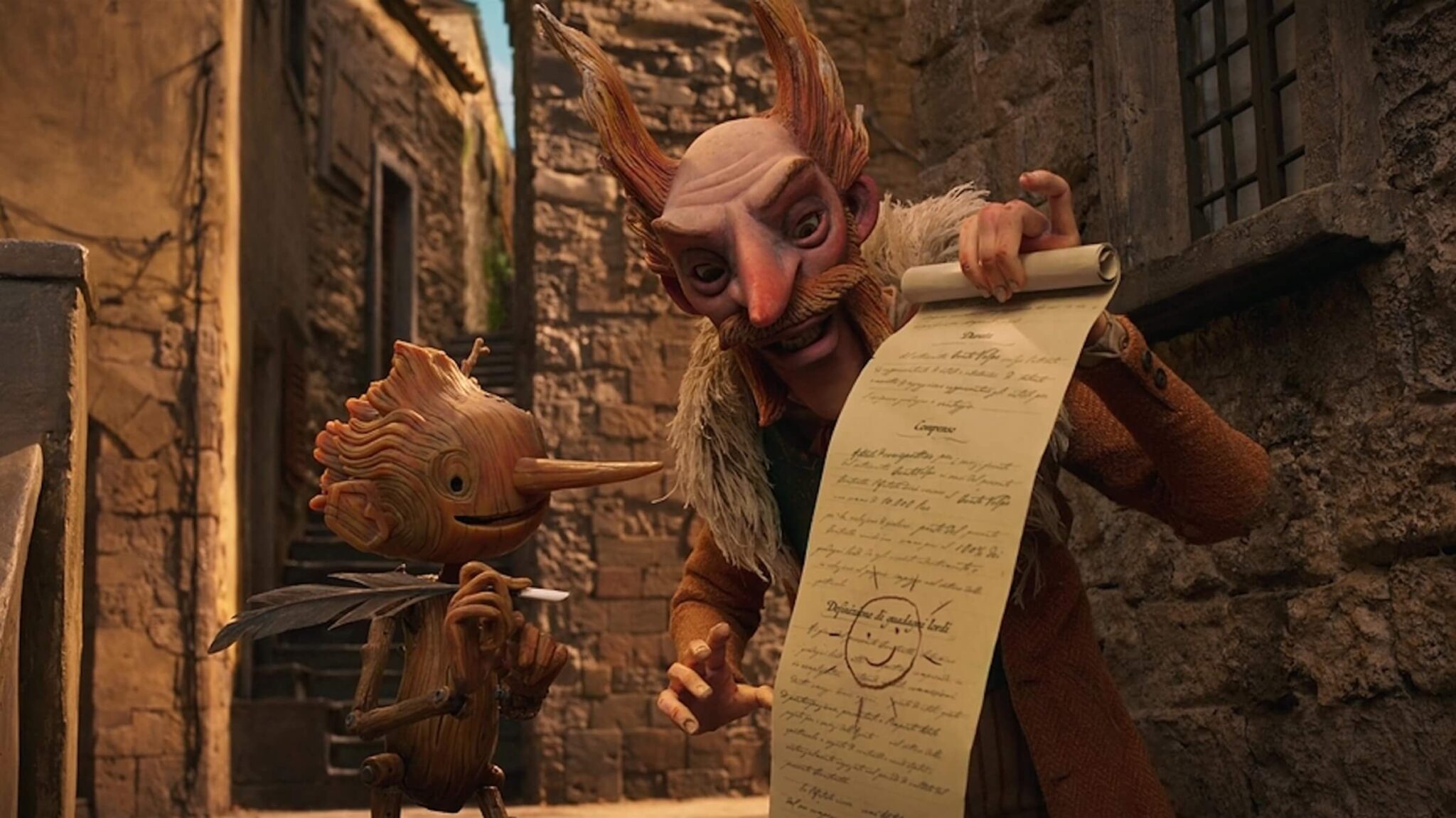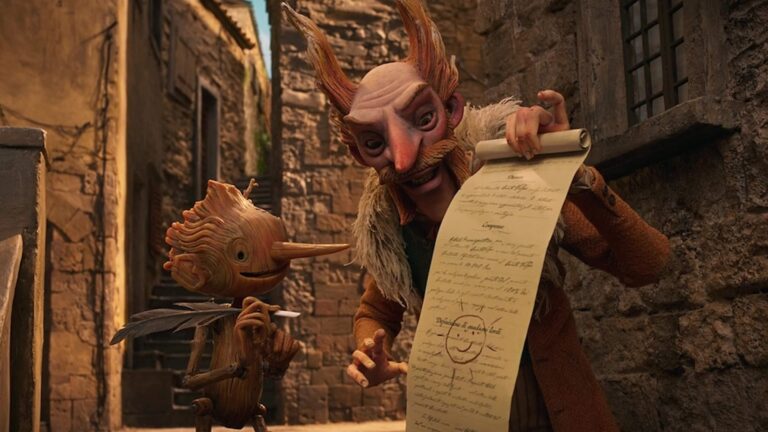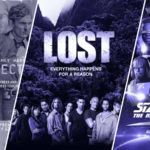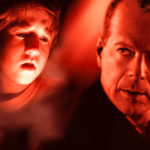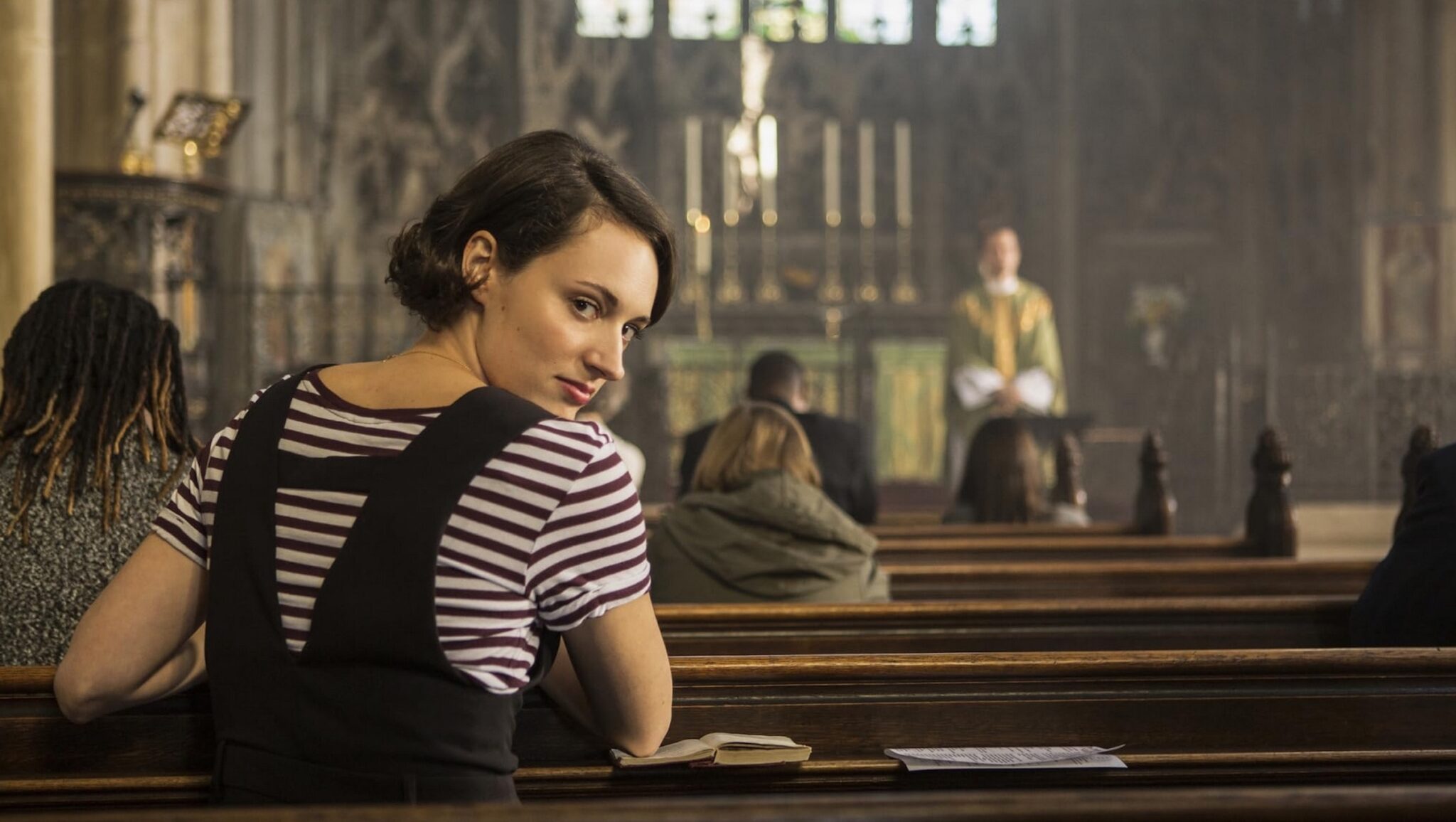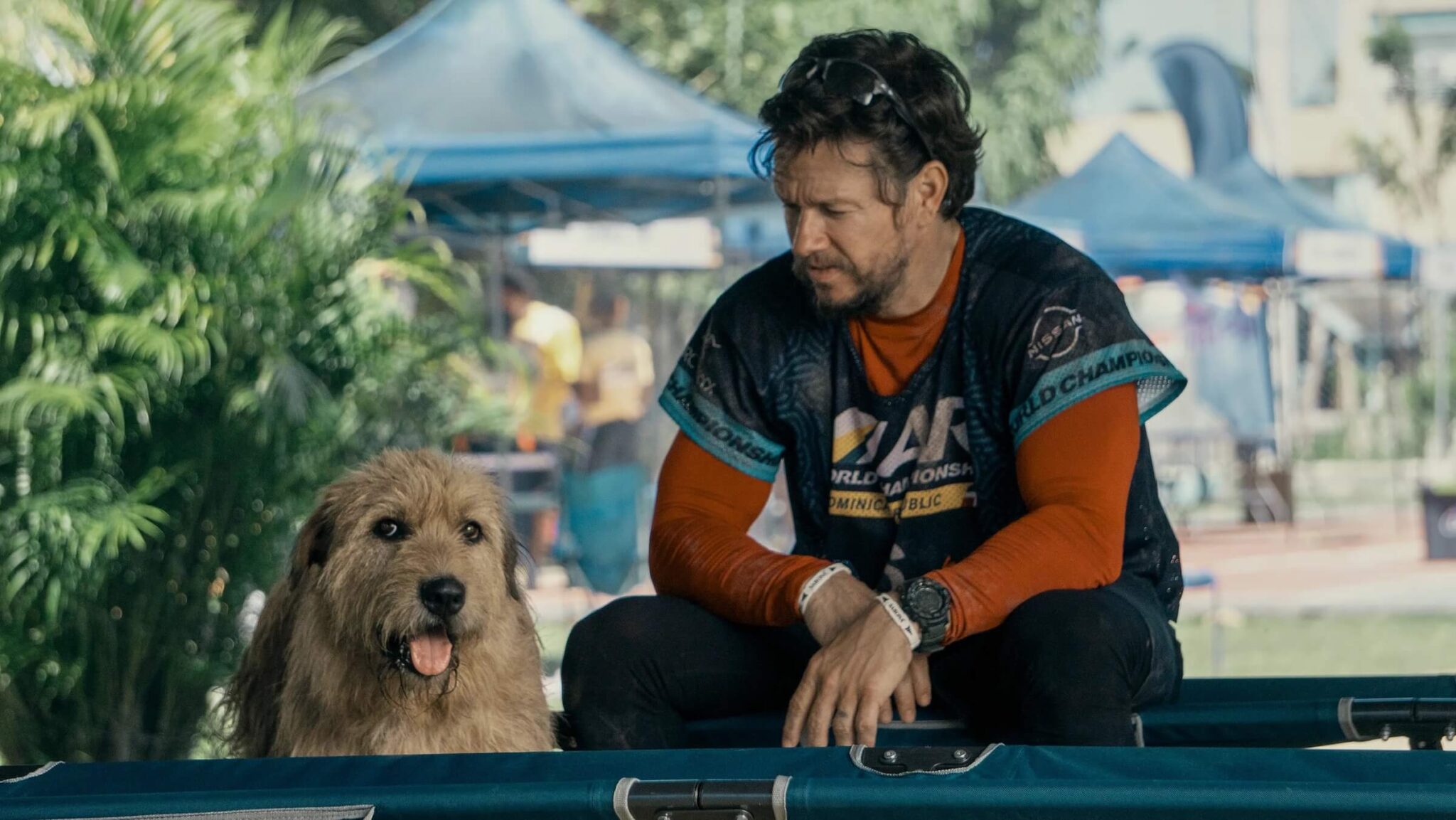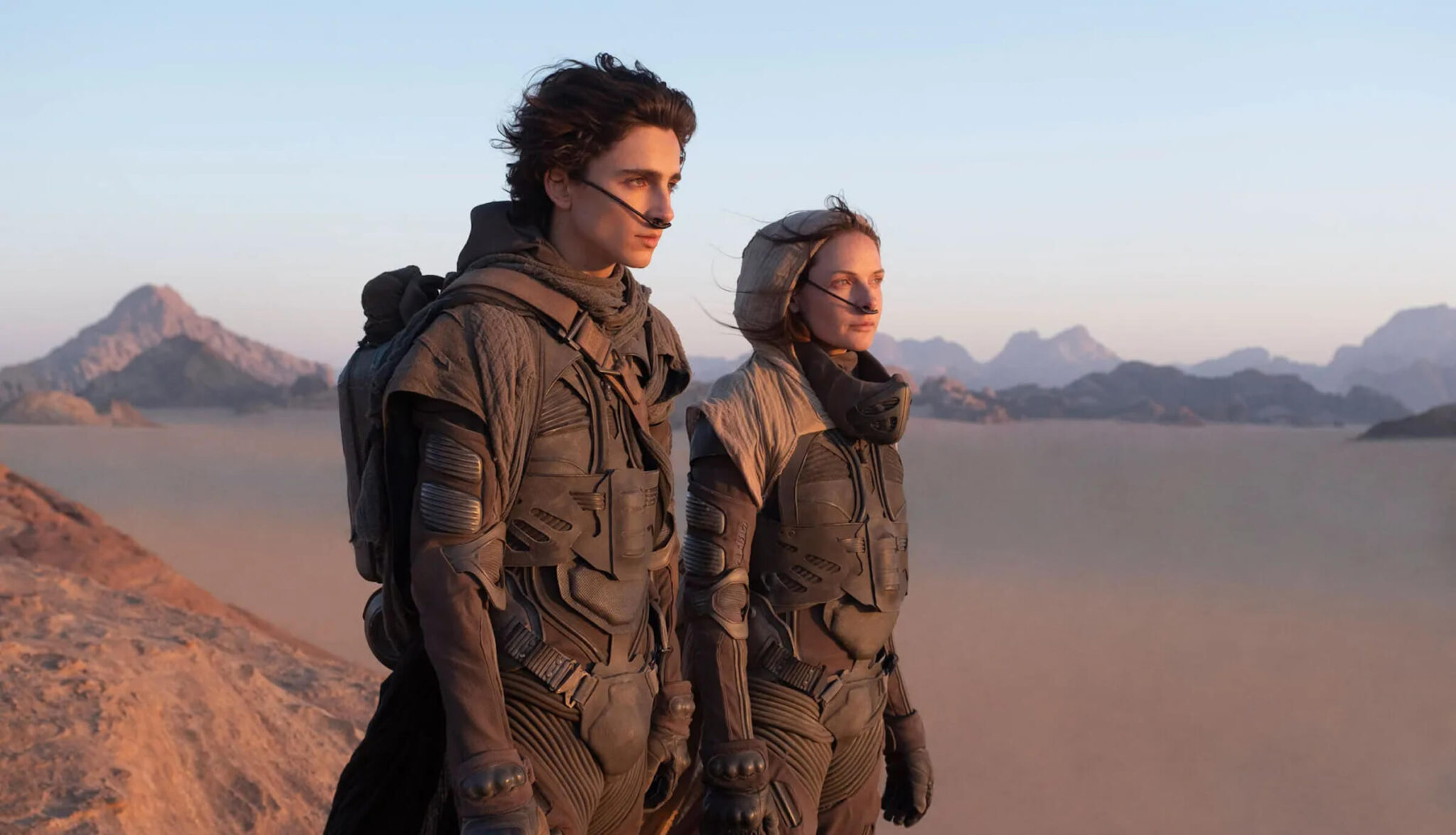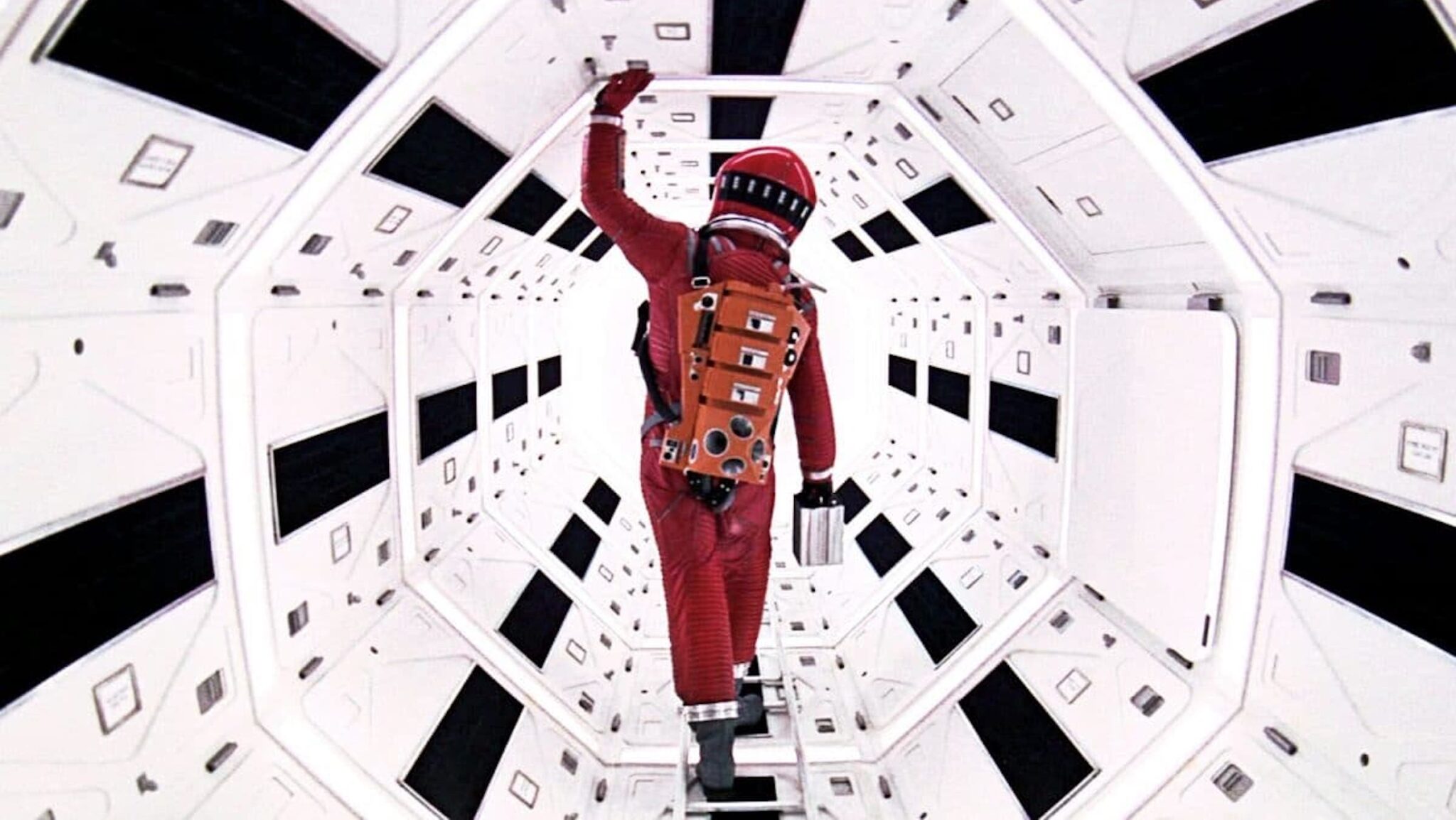The Dark Side and Comparative Mythology in Screenwriting
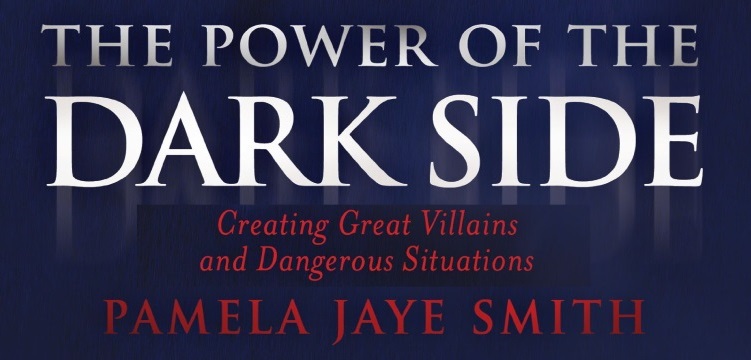
Pamela Jaye Smith is a mythologist, author, international consultant and speaker, and award-winning writer-producer-director with over thirty years experience in features, TV, music videos, commercials, documentaries, corporate and military films — in Hollywood and around the world.
Her co-authored script The Cuban Circuit was a winner at the 2015 Bahamas International Film Festival’s first Writers Residency Program, which was presented by ScreenCraft.
Vanessa Frank — of the excellent podcast Film Talk — interviewed Pamela, discussing her unique approach to development and screenwriting through the perspective of comparative mythology, which is the comparison of myths from different cultures in an attempt to identify shared themes and characteristics. She details this most in her book The Power of the Dark Side. Her approach to stories, especially through her presentations and teachings, is often showcased with historical, mythological, and a current events background. The reason for this is to present the patterns that we see through all of life.
What stands out most are what Pamela calls the Three Levels of the Dark Side — personal, impersonal, and super-personal — and how most stories need to utilize at least two of those in order to be compelling.
The interesting aspect of this is that it doesn't have to apply to characters that outright "turn to the darkside." These levels of conflict can apply to the protagonists as well. A character must have inner-conflict that they're dealing with, accompanied by external conflict (impersonal and super-personal), whether it's battling the elements (The Edge, Alive, etc.) or an external conflict that is more personal, including the likes of going up against a villain that has something or is threatening someone that is close to the protagonist or hero (Hans Gruber in Die Hard).
In the end, it all boils down to conflict. Great stories have great conflict. And it's not just about having an excellent villain for the hero to butt heads with. The better stories and screenplays, as Pamela showcases in her books, utilize multi-levels of conflict — i.e using at least two of the three levels of the dark side. It's not enough to just have one conflict that your protagonist is dealing with.
How different would Chief Brody's character from Jaws be if there wasn't his personal conflict of being afraid of water? How different would John McClane's character in Die Hard be if his wife wasn't one of the hostages? How different would The Big Chill be if the characters were just at a reunion, as opposed to being reunited by the funeral of their mutual friend that committed suicide?
Conflict such as these can create pivot moments for characters within the story. These personal, impersonal, and super-personal conflicts introduce us to challenges that they will either overcome or succumb to. Not all characters will fall to the dark side and not all characters will stay within the light, but all stories should play with the possibilities of whether they will or not. That's great storytelling.
It's a fascinating topic and discussion that you can listen more about in Vanessa's podcast interview with Pamela below.
Tags
Get Our Screenwriting Newsletter!
Get weekly writing inspiration delivered to your inbox - including industry news, popular articles, and more!








